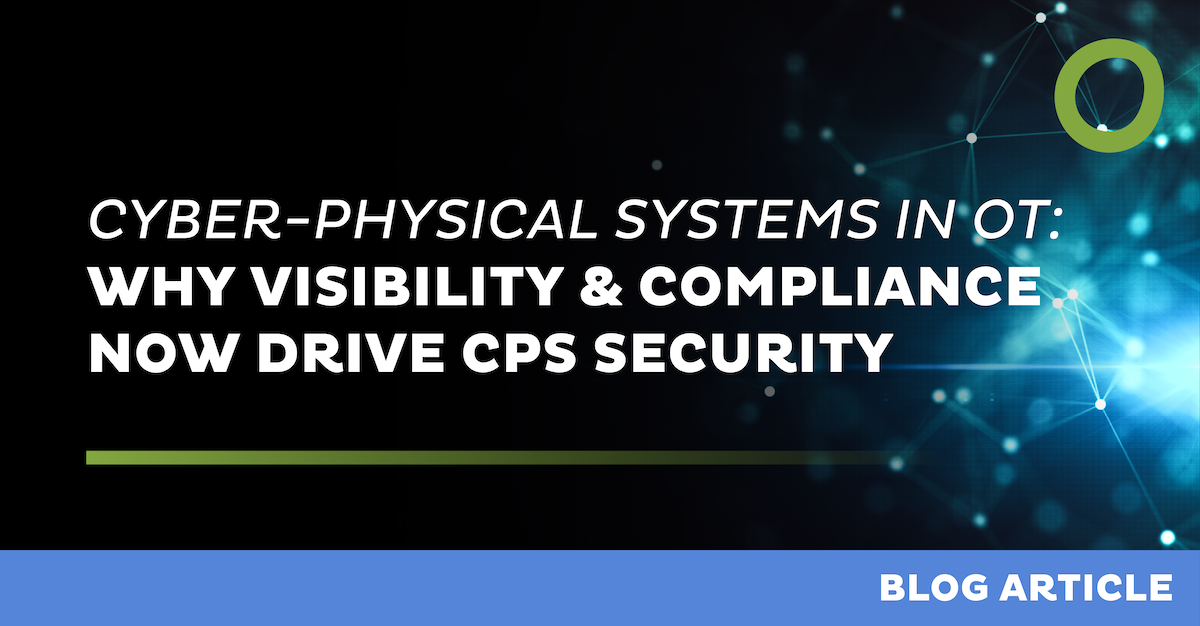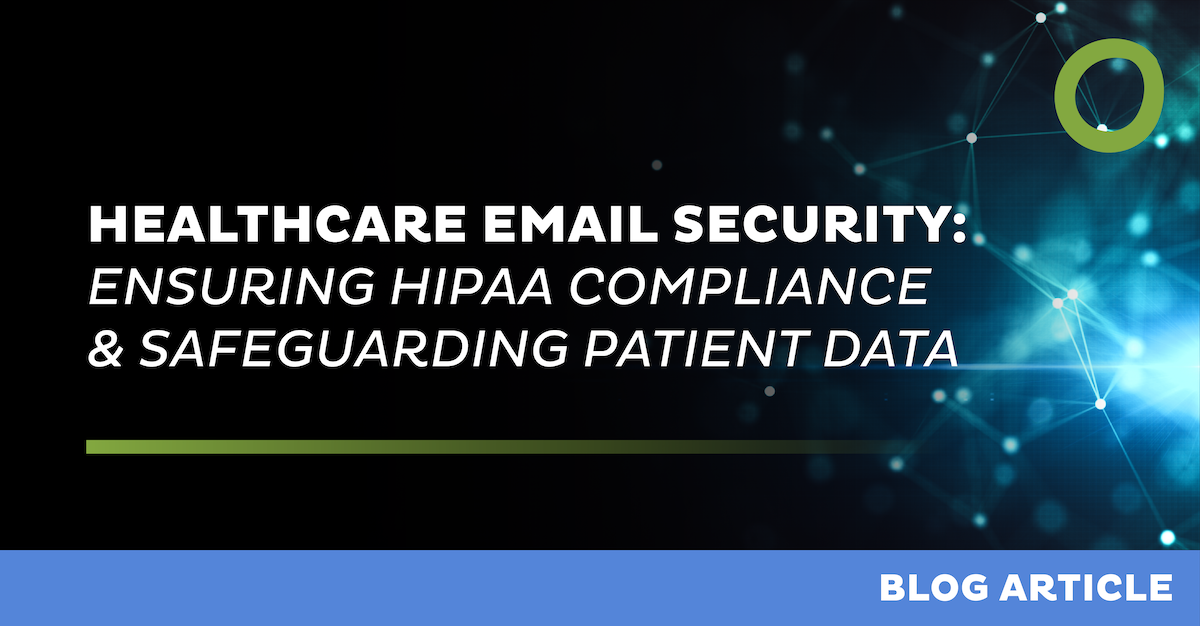
Cyber-physical systems in OT: Why visibility and compliance now drive CPS security


Unlocking the power of cyber-physical systems
Cyber-physical systems (CPS) integrate computational intelligence with physical components to create environments capable of self-monitoring and real-time decision-making. They enable factories that adjust automatically to production demands, transportation that optimizes itself on the move and healthcare systems that respond instantly to patient needs.
Industries such as manufacturing, healthcare and transportation already rely on CPS to increase efficiency, improve quality and accelerate innovation. Smart grids, autonomous vehicles and robotic surgery are no longer experimental concepts but real-world examples of CPS in action.
Why CPS in OT introduces new risk
Although CPS improves operations, it also increases exposure to both digital and physical threats. Industry analysts point to recent pipeline disruptions in Northern Europe as a sharp reminder: OT incidents may be rare, but their consequences are severe. When software controls machinery, a cyber-attack can trigger downtime, safety issues or even environmental impact.
As IT and OT converge inside CPS environments, security must evolve. Traditional OT security focused on uptime and reliability. Modern CPS security must also protect data integrity, human safety and regulatory compliance.
What is CPS security?
CPS security ensures that systems where software interacts directly with physical processes remain safe, reliable and trustworthy. A compromise does not only affect data. It can stop production, damage assets or harm people. The mission of CPS security is therefore to protect both cyber elements and physical operations simultaneously.
A simple way to express it: If the digital logic fails, the physical world can follow. CPS security prevents that.
CPS security extends OT security into domains such as mobility, healthcare and connected infrastructure while prioritizing continuous visibility and governed access across IT and OT.
The growing pressure from compliance
Operational resilience has become a regulated expectation. Frameworks such as NIS2 require industrial operators to demonstrate that critical systems are protected. Compliance is no longer paperwork; it is a driver of cybersecurity investment. Organizations must prove they have visibility into assets and that access to CPS environments is controlled and monitored.
IT/OT integration: the backbone of CPS
The convergence of IT and OT makes CPS possible. Data from sensors and controllers flows across digital networks to support analytics, automation and continuous optimization. This tight integration elevates performance, yet it also demands stronger control and transparency across formerly isolated systems.
Real-time data processing
CPS operate through instant data capture, analysis and action. This capability enables predictive maintenance, early detection of anomalies and precise adjustments to physical processes. The physical world becomes a measurable feedback loop in which machines learn and improve continuously.
Security in CPS environments
CPS security protects against threats targeting both networks and machinery. Unauthorized access, malware, human error or misconfiguration can now have consequences far beyond a screen. Continuous monitoring, strong access controls and early detection of unusual behaviors are essential for preventing disruptions.
Visibility is the foundation of that protection. Organizations must know what assets are connected, how they communicate and where vulnerabilities might emerge. Hidden devices quickly become hidden risks.
Key benefits of CPS
Despite increased exposure, CPS adoption continues because the operational benefits are significant. Real-time automation improves throughput and reduces waste. Predictive insights reduce maintenance costs and downtime. Smarter systems deliver consistent quality, react faster to change and support more sustainable operations.
The business case strengthens when security ensures these outcomes remain reliable.
Industries transformed by CPS
Smart factories use CPS for automated production and predictive maintenance. Machines report conditions, schedule repairs before breakdowns occur and optimize workflows around real-time demand. Operators gain flexibility and precision while reducing waste and energy consumption.
CPS improves diagnostics, patient monitoring and surgical outcomes. Connected devices support faster clinical response, while robotic assistance allows more accurate procedures with shorter recovery times. Hospitals enhance both patient care and resource allocation.
Transportation
Connected and autonomous vehicles exchange data with infrastructure to reduce congestion and increase safety. Public transport systems gain reliability through real-time coordination. Logistics networks rely on CPS to streamline routing and track assets across supply chains.
Market consolidation signals urgency
Security teams increasingly recognise that fragmented tools leave blind spots. Vendors in the OT security market are expanding through acquisitions to offer broader capabilities from asset awareness to secure remote access and monitoring. Organizations want unified protection across IT and OT, not a patchwork of separate controls.
How Open Systems supports CPS security
Open Systems helps industrial organizations secure CPS environments with continuous visibility, Secure Remote Access (SRA) and managed protection that adapts as operations evolve. We enable compliance readiness and resilient operations without unnecessary complexity.
Conclusion
Cyber-physical systems are accelerating progress across every industrial sector. The more digitally intelligent operations become, the more essential it is to protect the physical outcomes they control. Visibility, accountability and unified security are now core requirements for safe and successful CPS deployments.
OT leaders who secure CPS today are the ones who will maintain trust, uptime and revenue tomorrow.
Ready to protect your CPS environment? Let’s talk about how Open Systems can help.
Leave Complexity
Behind
To learn how Open Systems SASE Experience can benefit your organization, talk to a specialist today.
Contact Us




